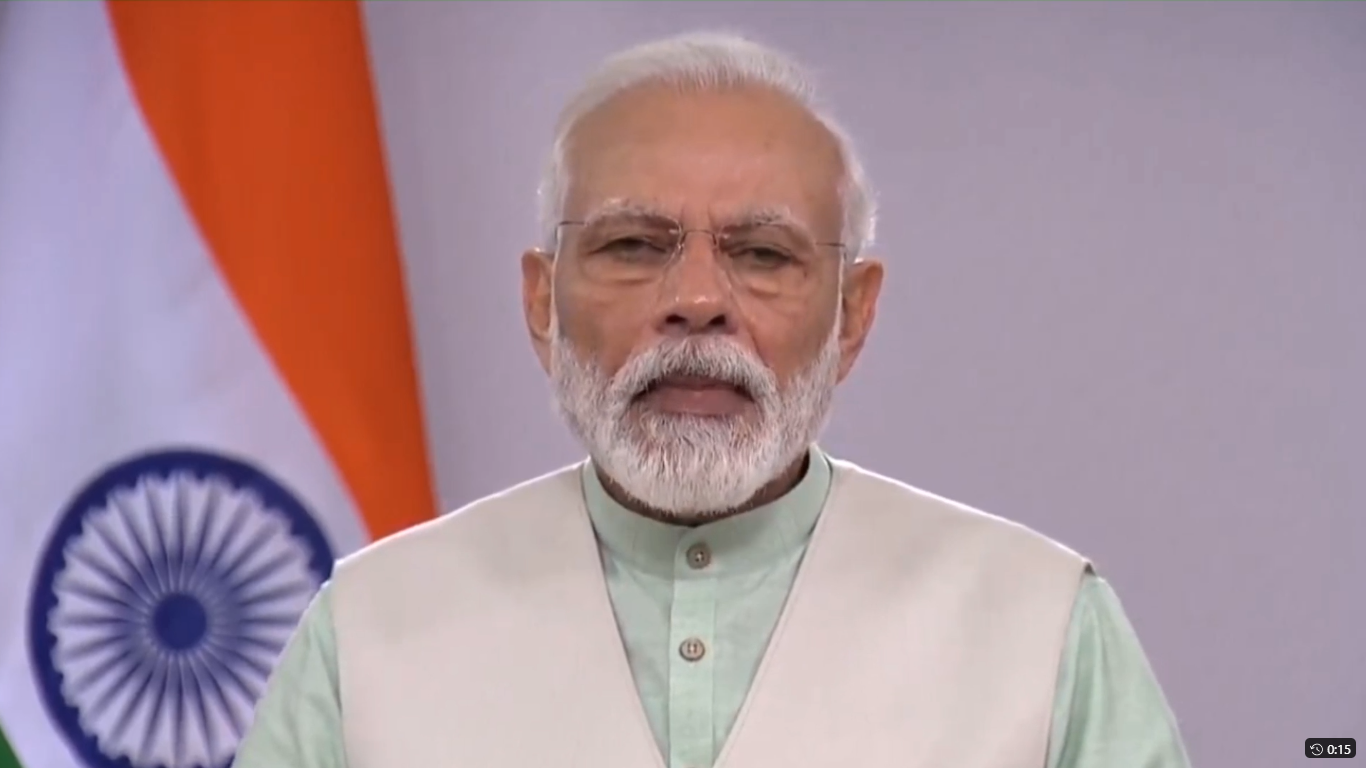The Bengal power sector has been forced into a dizzying scramble to counter the possible fallout of the sudden electricity load reduction at 9pm on Sunday followed by a demand surge that the Prime Minister’s lights-out call will entail.
The state’s main stakeholders — the generation, transmission and distribution utilities, besides the power department — have been consulting and preparing for Sunday evening in coordination with the Power System Operation Corporation Ltd (Posoco) and the Power Grid Corporation of India. Posoco manages the country’s electricity load.
“It is not about the quantum of reduction in power demand. That can be handled by the grid. It is the rate of change of unprecedented proportions that could cause problems. The impact of that is what we are trying to minimise,” Bengal power minister Sobhandeb Chattopadhyay said.
Prime Minister Narendra Modi has urged the nation to switch off all lights in tandem for nine minutes from 9pm on Sunday in a gesture symbolising India’s fight against the coronavirus pandemic.
Sources in the Bengal power department said that after the daylong meetings, chief minister Mamata Banerjee was briefed about all the possibilities and how the power department was trying to minimise the impact of a possible glitch caused by the high variations in demand in such a short span of time.
In its assessment, Posoco has found that the nine-minute lights-out exercise is likely to result in a load reduction of around 13,000MW across the country, of which Bengal’s share is likely to be around 1,400MW.
Posoco issued an advisory on Saturday saying: “Unlike normal operations, this reduction in load of the order of 12-13GW (1GW=1,000 MW) would happen in 2-4 minutes and recover nine minutes later within 2-4 minutes.”
In Bengal, the power demand has been lower than usual for this time of the year because of the lockdown. The total demand in the state otherwise is estimated to peak at 7,000MW on Sunday, one-fifth (1,400MW) of which is likely to be shorn off during the nine-minute window. The demand is expected to fall to around 5,600MW.
“Lighting is otherwise not a major part of the load…. On Sunday, it is expected that the essential services will remain operational. Besides, domestic appliances will also stay on. But if millions of households do switch off their lights during that nine-minute window, it will have a considerable impact. The plans are based on estimates on how much the demand will dip, but the problem is working out the estimate is easier said than done,” said a power department source.
Against this backdrop, coming to the rescue of the state could be the 900MW pumped-storage facility in Purulia. Unlike power generation from water and gas, generation from coal cannot be switched on and off instantly.
“During the nine-minute event, while load crashing begins, the state-run distribution utility (WBSEDCL) will ramp down the generation from the Purulia facility to zero, keeping pace with the rate of crash. This will ensure maintenance of vital grid discipline,” said a power department source.
Grid discipline, said several power sector officials, is of utmost importance. Without this, grid frequency — a vital aspect of power system operations — could change drastically from the 50 Hertz, around which it is kept in line with global standards.
According to the power department plan, after the event the upward surge of demand will be mitigated by ramping up the generation from Purulia, while simultaneously imposing thermal generation backdown.
The quick ramping up and down will be handled by the state load despatch centre, one of the country’s 33 such facilities. The national grid can swiftly transfer 99,000MW across the country.
Because Mamata has taken a stand against politicising the fight against Covid-19 and contradicting Modi or his government publicly, seniors in her government and party were unwilling to comment on record on the Prime Minister-ordained event.
“First of all, it was totally unnecessary. More importantly, by not consulting the power ministry and its experts, the Prime Minister has thrown the possibility of immense danger in the way of the grid,” said a senior minister.











